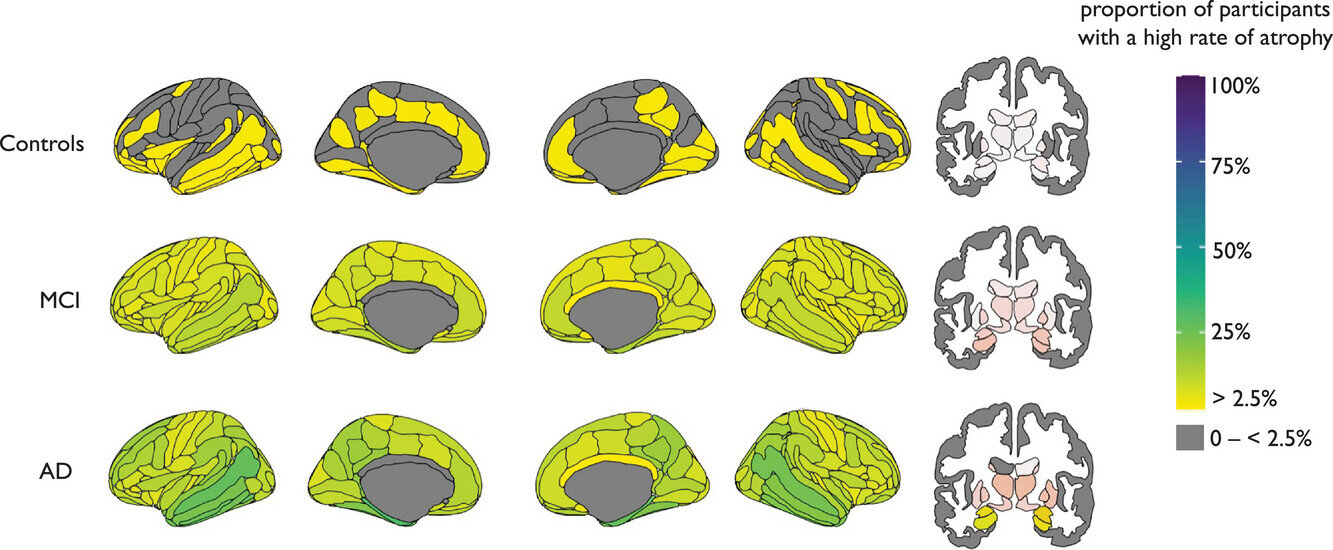One of the main physical symptoms of alcohol withdrawal is “allodynia” — increased sensitivity to mechanical stimuli that are normally innocuous, which is a clinical sign of chronic pain.
In a new animal study published in Pharmacological Research on October 11, 2024, Scripps Research scientists show that the duration of this heightened sensitivity depends on the amount of alcohol an individual chronically imbibes. In models of moderate alcohol consumption, pain sensitivity returned to baseline levels after around seven days of abstinence, but for “heavy” drinking models, withdrawal resulted in longer lasting, perhaps permanent, allodynia. The researchers also showed that withdrawal-associated chronic pain was associated with changes to endocannabinoids — chemical messengers within the nervous system — and identified one that could represent a useful drug target for treating allodynia in people with alcohol use disorder (AUD).
“Long-term alcohol consumption can temporarily generate an alteration in mechanical sensitivity, which can be reversed if consumption is stopped,” says senior author Marisa Roberto, PhD, a professor in the Department of Neuroscience at Scripps Research and the Paul and Cleo Schimmel Endowed Chair of the Department of Molecular Medicine. “However, in heavy drinkers, alcohol-induced changes are not reversible and might need external pharmacological intervention. Compounds that modulate the endocannabinoid 2-AG metabolism could be investigated as a new pharmacological approach for the treatment of neuropathic pain associated with chronic and excessive alcohol consumption.”
AUD, which impacts almost 29 million people in the U.S. and surged during the COVID-19 pandemic, is associated with neuropathic pain, which usually worsens during alcohol withdrawal. Neuropathic pain is more common in women, both during alcohol use and during alcohol withdrawal. However, the mechanisms behind how alcohol and alcohol withdrawal increase sensitivity are unknown, as is its relationship to the level of alcohol consumption.
To test the impact of alcohol use and withdrawal on allodynia, the researchers tested two rat models, one with a higher preference for alcohol (heavy drinking) and one associated with moderate drinking.
After 5 weeks of alcohol consumption, some of the rats experienced 26 days of abstinence. Before alcohol exposure, the heavier-drinking rats of both sexes had a higher baseline level of allodynia, but their sensitivity to pain did not increase when they consumed alcohol, whereas it did for the moderate-drinking rats. When alcohol access was withdrawn, both rat models developed heightened allodynia. For the moderate-drinking rats, this allodynia subsided after several days, though it took twice as long for females to recover (15 vs. 7 days). The heavier-drinking rats, however, showed no signs of recovering from their withdrawal-induced allodynia after 26 days of abstinence.
“This timeframe — 26 days in rats — corresponds to around 30 months of abstinence in humans, which suggests that this condition could be permanent, requiring the desperate need for pharmacological treatment,” says co-first author Vittoria Borgonetti, PhD, a postdoctoral researcher in Roberto’s lab, but cautions much more testing would be needed to determine the significance of this finding for humans.
When the team examined the rats’ dorsal root ganglia, they found that alcohol withdrawal resulted in reduced levels of the endocannabinoid 2-AG in the heavier-drinking rats. Reduced levels of 2-AG were directly correlated with the rats’ levels of allodynia, making 2-AG metabolism a potential therapeutic target for treating allodynia.
The researchers also identified altered levels of eicosanoids, a type of immune signaling molecule, in the dorsal root ganglia of female rats. “Sex differences in alcohol use disorder and chronic pain represent an important gap in knowledge that needs to be addressed,” says Roberto, adding that the team plans to further investigate these sex differences, and to begin to test the therapeutic potential of molecules that regulate 2-AG metabolism.
“The next steps will be to test whether reestablishing physiological levels of 2-AG at the beginning of the withdrawal period using pharmacological modulators would prevent or treat the development of mechanical allodynia due to alcohol drinking,” says Valentina Vozella, PhD, a postdoctoral researcher in Roberto’s lab and co-first author on the study. “We are also interested in studying how males and females might respond differently to treatments.”
The study was conducted in collaboration with Benjamin Cravatt, PhD, the Norton B. Gilula Chair in Biology and Chemistry at Scripps Research, and Tim Ware, PhD, a postdoctoral fellow in the Cravatt Lab.
This work was supported by funding from the National Institute on Alcohol Abuse and Alcoholism and the Schimmel Family Chair and Pearson Center for Alcoholism and Addiction Research.

